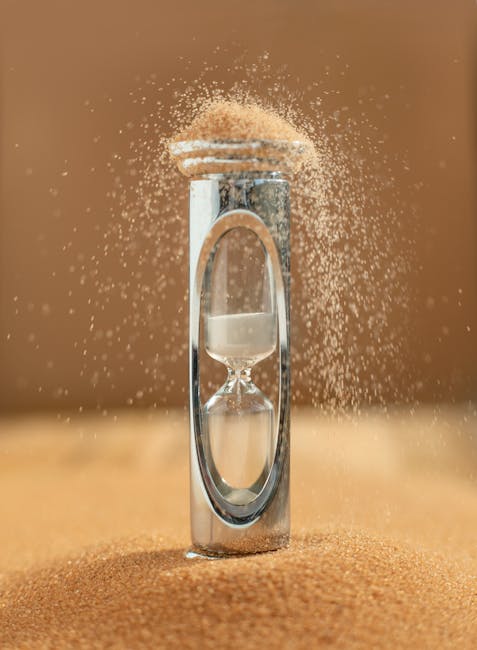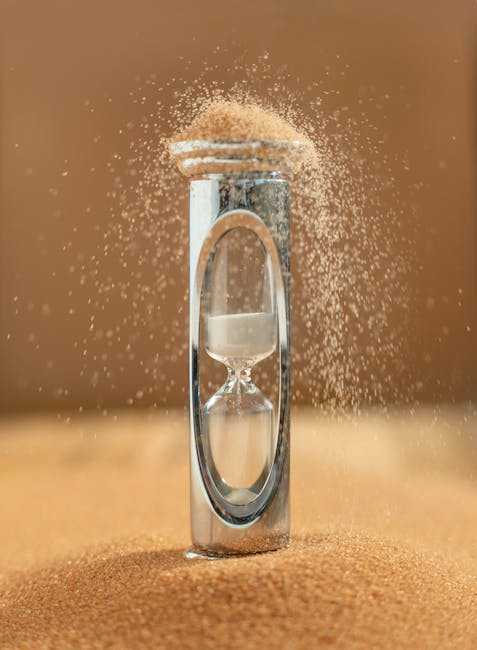Creatine Timing: Maximize Your Gains with the Ultimate Guide
Understanding Creatine and Its Benefits
Creatine is a naturally occurring compound found in your body, primarily in your muscles. It plays a crucial role in energy production, enabling high-intensity activities like weightlifting and sprinting. Creatine supplementation has become extremely popular among athletes and fitness enthusiasts due to its proven ability to enhance muscle growth, strength, and power. However, to fully harness the power of creatine, understanding the optimal timing of its intake is crucial.
The Science Behind Creatine: How It Works
Creatine works by increasing the levels of phosphocreatine (PCr) in your muscles. PCr serves as a readily available energy source, replenishing adenosine triphosphate (ATP), the primary energy currency of your cells. When you perform intense exercise, your ATP levels deplete quickly. Creatine supplementation helps maintain these ATP levels, allowing you to perform more reps, sets, and overall more intense workouts. This increased training capacity directly contributes to muscle hypertrophy (growth) and strength gains.
Creatine and Muscle Growth: The Mechanism
The enhanced performance from creatine supplementation isn’t simply about more reps; it creates a more anabolic environment in your muscles. Increased training volume and intensity lead to greater muscle protein synthesis, the process by which your body builds new muscle tissue. This increased protein synthesis is a key factor in the muscle growth experienced by creatine users.
The Creatine Timing Debate: When Should You Take It?
While there’s no single “magic” timing for creatine, research suggests certain times are more effective than others. The debate largely centers around whether creatine should be taken before, during, or after workouts, or even on non-training days. The optimal timing strategy often depends on individual goals and training schedules.
Pre-Workout Creatine: Fueling Your Session
Taking creatine before your workout is a popular strategy. The theory is that having creatine already in your system provides an immediate energy boost, allowing for more intense and longer workouts. This can lead to greater gains in strength and muscle mass. However, there’s not a significant body of research to definitively prove it’s superior to other timing strategies. The benefit lies mainly in the psychological effect of feeling more energized at the start of your workout.

Intra-Workout Creatine: Sustaining Performance
Intra-workout creatine supplementation, meaning during your workout, is another method gaining popularity. Some believe that taking creatine during long or intense workouts helps maintain PCr levels throughout the entire session, preventing fatigue and maximizing performance. However, evidence supporting this method’s superior effectiveness over other timing protocols is limited. The practical challenges of consuming creatine during a workout might also deter many individuals.
Post-Workout Creatine: Muscle Recovery and Growth
Many athletes prefer taking creatine after their workout. The reasoning is that this timing facilitates muscle recovery and growth. Post-workout is a period of increased muscle protein synthesis, and creatine might help optimize this process. Furthermore, it’s often easier to consume creatine post-workout compared to intra-workout. This timing is also convenient for those who prefer consuming it with other supplements or post-workout nutrition.
Creatine on Rest Days: Maintaining Saturation
Even on rest days, maintaining a consistent intake of creatine is vital for maintaining muscle saturation. Consistent daily intake helps ensure that your muscles remain adequately supplied with creatine, optimizing its effects. Skipping creatine on rest days could potentially lead to lower creatine levels and reduced benefits over time.
Factors Influencing Optimal Creatine Timing
Several factors influence the optimal creatine timing for an individual. These include:

- Training intensity and duration: High-intensity, prolonged workouts might benefit from intra-workout or pre-workout creatine intake.
- Individual metabolism and genetics: Some individuals might experience faster creatine absorption and utilization than others.
- Overall diet and nutrition: Sufficient protein and carbohydrate intake supports muscle growth and creatine utilization.
- Other supplement use: Creatine’s interactions with other supplements should be considered.
- Personal preference and convenience: Choosing a timing strategy that fits into your daily routine and lifestyle is crucial for adherence.
Creating a Personalized Creatine Timing Strategy
The best approach to creatine timing is often a personalized one. Experimenting with different timing strategies to find what works best for your body and training schedule is recommended. Start by choosing one method (pre, intra, or post-workout) and consistently using it for at least 4-6 weeks before switching. Pay close attention to your performance, recovery, and strength gains to assess its effectiveness.

Creatine Loading vs. Maintenance Dosage: Impact on Timing
The creatine loading phase, where higher doses are consumed for a short period, might impact optimal timing. During the loading phase, some individuals might split their daily dosage into multiple intakes to help maintain consistent creatine levels. The maintenance phase, where lower daily doses are taken, is less critical in terms of precise timing.
Common Mistakes to Avoid with Creatine Timing
- Inconsistent intake: Skipping doses or failing to adhere to a consistent schedule can hinder the benefits.
- Neglecting hydration: Creatine pulls water into muscle cells, so adequate hydration is essential.
- Ignoring individual responses: What works for one person might not work for another.
- Expecting immediate results: Creatine’s benefits take time to manifest fully.
Creatine and Other Supplements: Synergistic Effects
Creatine often synergizes with other supplements, potentially amplifying its effects. These include:
- Protein powder: Supports muscle growth and repair.
- Carbohydrates: Provide energy for workouts and replenishes glycogen stores.
- Branch-chain amino acids (BCAAs): Reduce muscle soreness and improve recovery.
Conclusion: Optimizing Your Creatine Intake for Maximum Results
The optimal timing of creatine intake is multifaceted and depends on various factors. While there’s no universally agreed-upon “best” time, consistent daily intake is crucial for maintaining muscle creatine saturation. Experiment with different timing strategies, considering your training schedule, individual response, and dietary habits. Focus on a holistic approach to training, nutrition, and supplementation to maximize your gains. Remember to consult with a healthcare professional or registered dietitian before starting any new supplement regimen, especially if you have pre-existing medical conditions.







